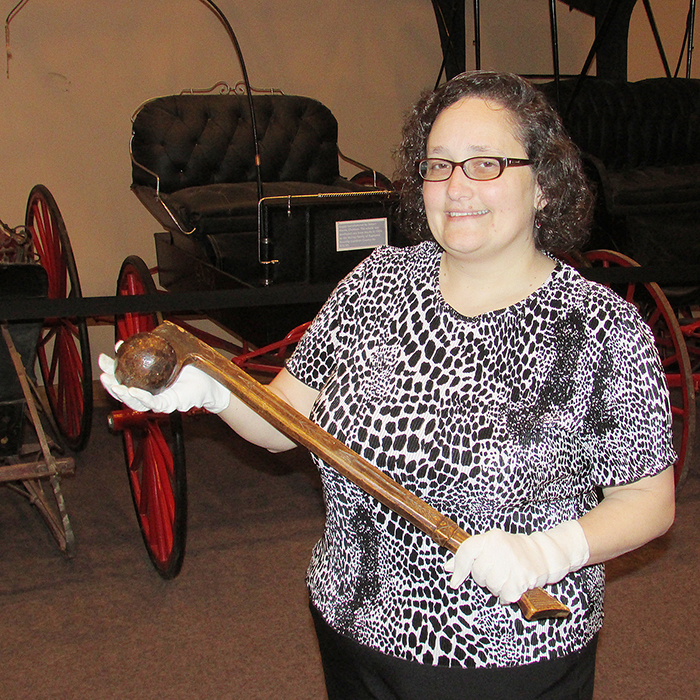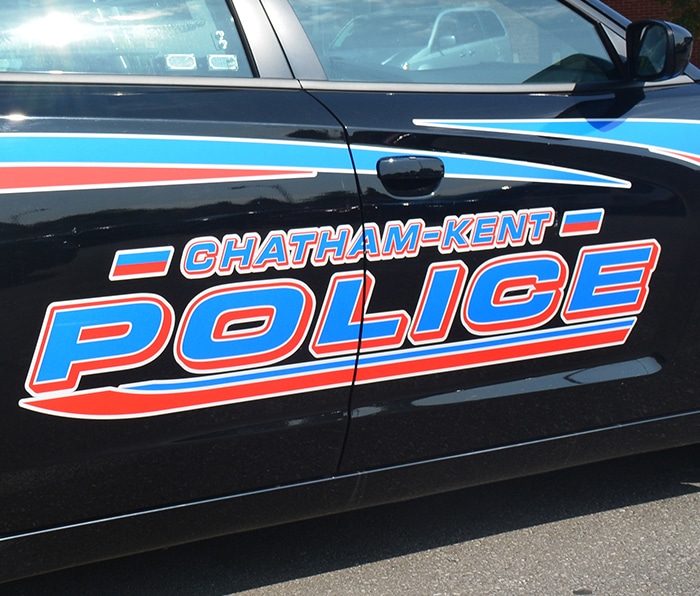
A gift given to a local family five generations ago has found its way to the Chatham-Kent Museum.
Donald Shanks donated a First Nation’s ball-headed war club that was given to his great-great grandparents Robert and Mary Shanks, to commemorate their kindness to members of a First Nations community.
Deanna Provost-Bullard, museum education co-ordinator, said the Shanks family owned a 200-acre plot of land on the Talbot Trail in the mid-19th century near modern-day Port Alma.
Chatham Mazda from Chatham Voice on Vimeo.
During bad weather, the Shanks family opened their property to migrating First Nation’s people, providing food and shelter. As First Nations people were eventually forced to settle on one area, one of the leaders of the last tribal band to stay at with the Shanks gave them the war club.
Provost-Bullard said the weapon has been authenticated as one made by native peoples in the Eastern Great Lakes area and dates from the late 18th and early 19th centuries.
“We’ve been told the weapon was made prior to the War of 1812 and was most likely from the Shawnee people since they couldn’t return to the United States and settled in the area after the war.”
She said early Great Lakes war clubs are rare because they became obsolete with the use of firearms and metal weapons. The clubs became symbolic, used to denote position or warrior status.
The war club will be on display in the Chatham-Kent Museum beginning Monday. The Chatham-Kent Museum is located at 75 William St. N., in Chatham and open daily from 1 p.m. to 5 p.m.







Nice move, Don! I'd never heard this story. I was aware of the time when our ancestors in the community had watched lines of First Nations people that went on and on as they walked by. The migration would have been when your family had the first farm, the one that included Shanks Cemetery, wouldn't it? Your donation lets all of us know and appreciate the story.